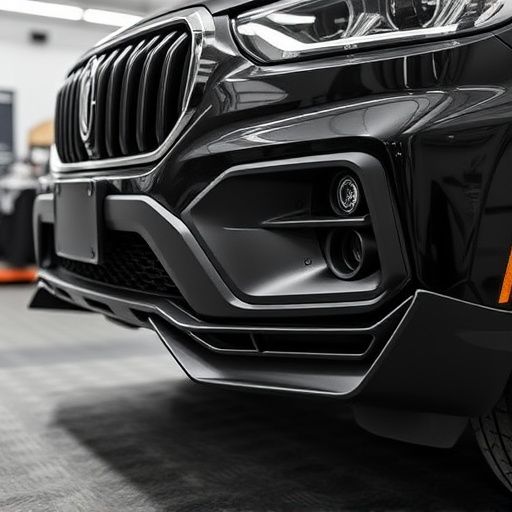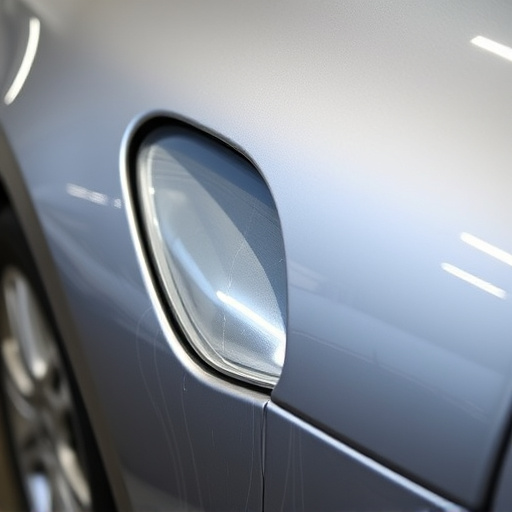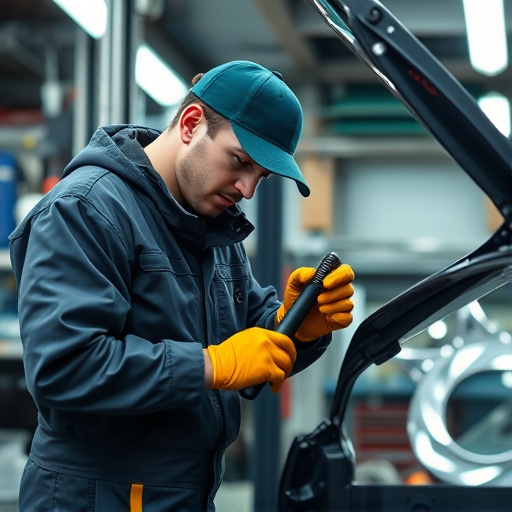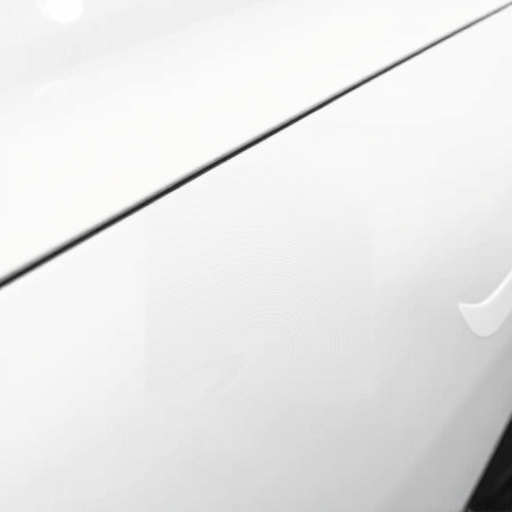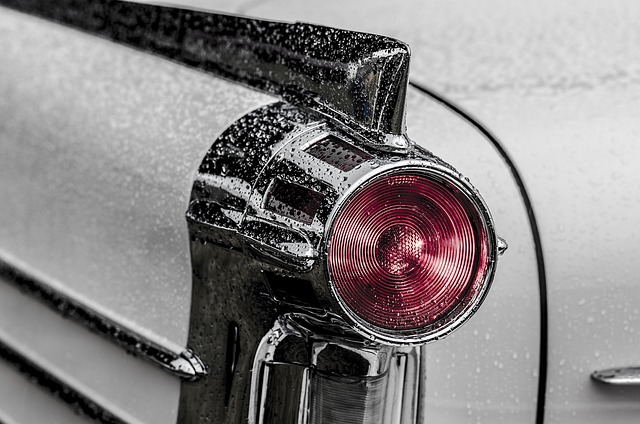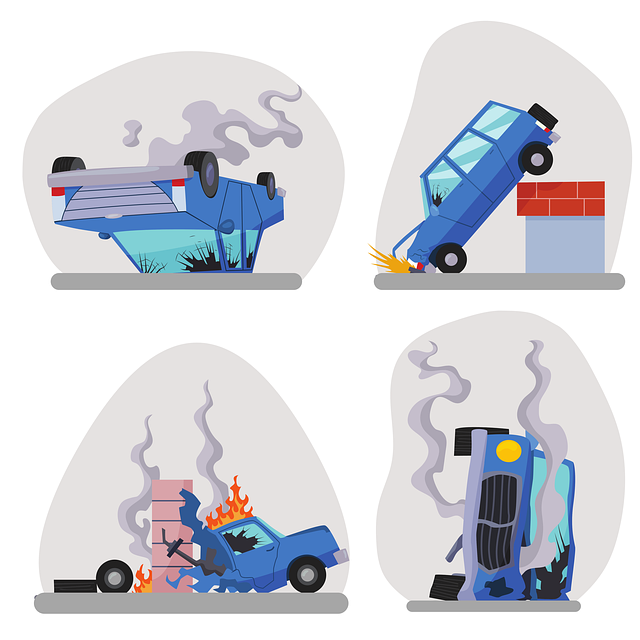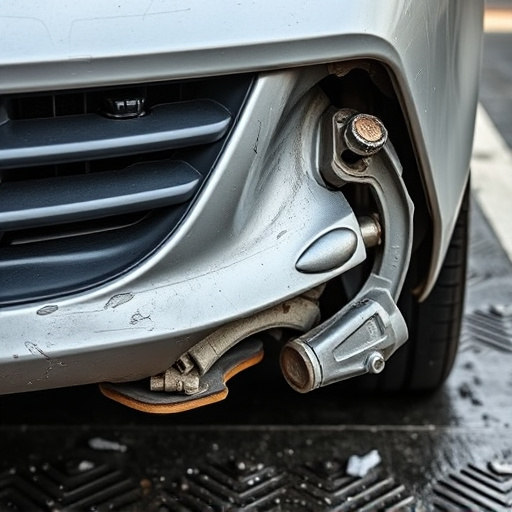Tesla's Advanced Driver-Assistance Systems (ADAS) sensors, critical for features like Autopilot and collision avoidance, require precise realignment after accidents to maintain safety and performance. Skilled technicians use specialized tools to calibrate cameras, LiDAR, and radar sensors, ensuring optimal functioning of self-driving features and meeting stringent Tesla accident repair standards. Comprehensive repair guides must account for potential interference from frame straightening or panel replacement to restore vehicles to pre-accident safety conditions, providing owners with peace of mind.
Tesla vehicles are equipped with advanced driver-assistance systems (ADAS) that enhance safety and driving experience. When a Tesla is involved in an accident, adhering to strict repair standards, especially for ADAS sensor realignment, is crucial. This ensures the vehicle’s safety features function optimally post-crash. Our article delves into the intricacies of Tesla’s ADAS, highlights the significance of sensor realignment in repairs, and provides a comprehensive guide to standardized protocols for efficient and effective Tesla accident repairs.
- Understanding Tesla's Advanced Driver-Assistance Systems (ADAS)
- The Importance of Sensor Realignment in Tesla Accident Repairs
- ADAS Sensor Realignment Protocols: A Comprehensive Guide for Standardized Repair
Understanding Tesla's Advanced Driver-Assistance Systems (ADAS)
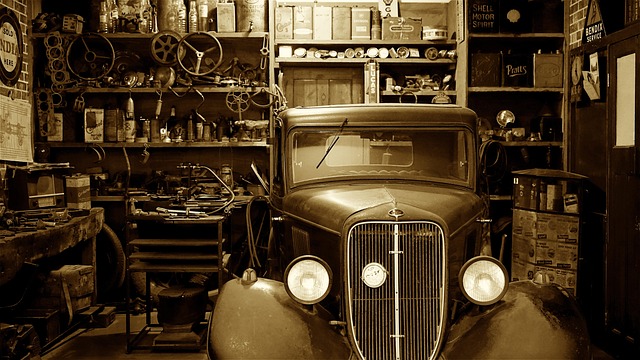
Tesla’s Advanced Driver-Assistance Systems (ADAS) are a suite of sophisticated technologies designed to enhance safety and assist drivers in various driving scenarios. These systems include features like Autopilot, lane keeping assist, automatic emergency braking, and adaptive cruise control. ADAS sensors, such as cameras, lidar, and radar, work together to provide a 360-degree view of the vehicle’s surroundings. When involved in an accident, proper realignment of these sensors is crucial for maintaining optimal performance and safety features.
Complying with Tesla accident repair standards, auto body repair shops must understand the intricacies of ADAS sensor realignment. This process ensures that the vehicle’s safety systems function accurately post-repair. Skilled technicians employ advanced frame straightening techniques to maintain precision while realigning sensors, ensuring they remain aligned with the vehicle’s structure and each other. Auto detailing plays a supporting role in this process by restoring the aesthetic appeal of the vehicle, further enhancing its overall quality and safety readiness.
The Importance of Sensor Realignment in Tesla Accident Repairs
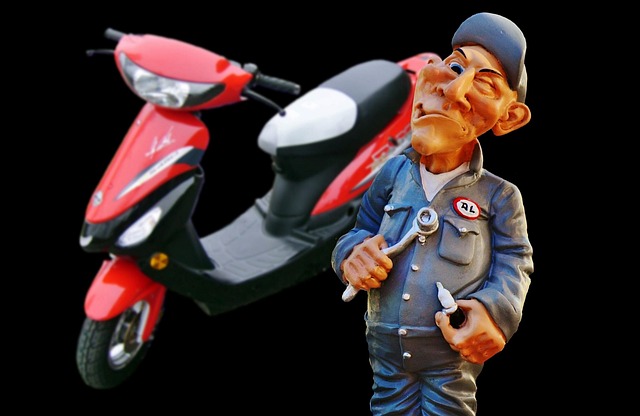
In the realm of Tesla accident repairs, sensor realignment plays a pivotal role in adhering to stringent Tesla accident repair standards. Advanced Driver-Assisted Systems (ADAS) sensors are integral to modern vehicles, including Teslas, as they enable features like Autopilot and collision avoidance systems. When a vehicle undergoes an accident, these sensors can be affected, leading to potential safety risks if not properly realigned.
Thus, sensor realignment is not merely an auto bodywork task but a critical component in ensuring the continued effectiveness of Tesla’s ADAS systems. Skilled technicians employ specialized tools and techniques to meticulously calibrate these sensors, restoring them to their original specifications. This meticulous process guarantees that the vehicle’s safety features function optimally, enhancing the overall driving experience and passenger safety—essential considerations in the automotive repair sector.
ADAS Sensor Realignment Protocols: A Comprehensive Guide for Standardized Repair
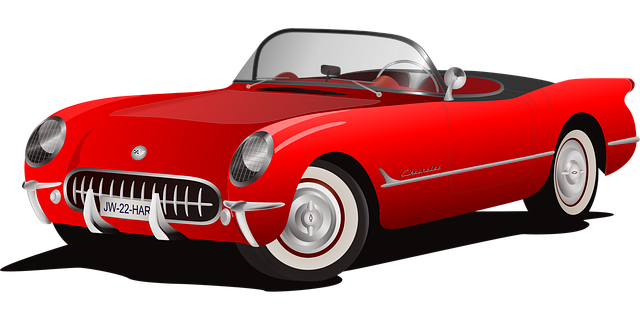
Tesla accident repair standards mandate a meticulous approach to ADAS (Advanced Driver-Assistance Systems) sensor realignment protocols. These protocols ensure that self-driving capabilities and safety features function optimally after a vehicle collision, regardless of the extent of the car dent repair or car bodywork damage. Proper realignment involves calibrating sensors like cameras, LiDAR, and radar to maintain accurate readings, crucial for features like automatic emergency braking, lane keeping assist, and adaptive cruise control.
A comprehensive guide for standardized repair should outline specific steps for sensor calibration, utilizing specialized equipment to verify alignment accuracy. It must address potential interference from vehicle collision repair procedures, such as frame straightening or panel replacement, that could impact sensor performance. Adherence to these protocols guarantees that Tesla vehicles return to their pre-accident safety standards, providing peace of mind for owners and enhanced roadworthiness.
In conclusion, Tesla’s commitment to safety and innovation is evident through its stringent ADAS sensor realignment protocols, which are integral to maintaining optimal performance after an accident. Adhering to these rigorous Tesla accident repair standards ensures that the vehicle’s advanced driver-assistance systems function correctly, enhancing road safety for all. By following this comprehensive guide, repair professionals can effectively navigate the process, contributing to a seamless and secure restoration of Tesla vehicles.

